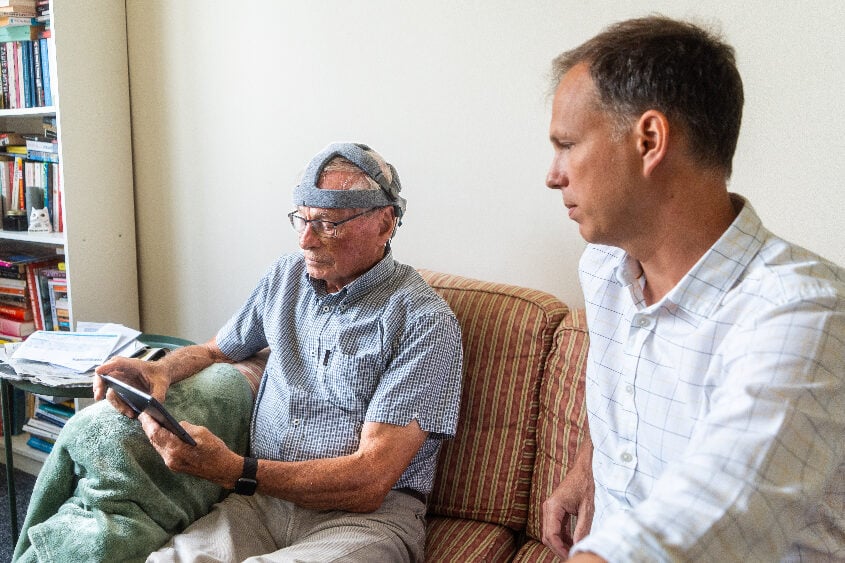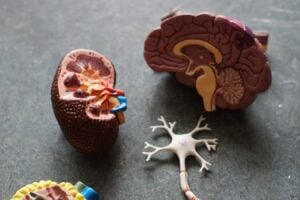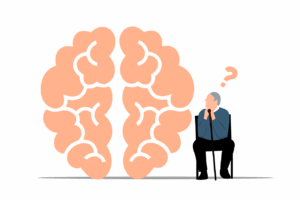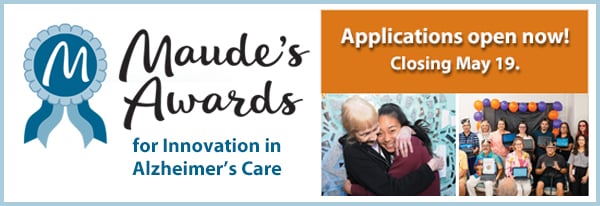A three-minute, passive EEG test—called “Fastball”—could revolutionize Alzheimer’s detection by identifying memory decline long before traditional tools catch up.
A Game-Changing Memory Test
Researchers at the Universities of Bath and Bristol have developed a brief and non-intrusive brainwave test, Fastball EEG, that may detect memory decline associated with Alzheimer’s disease years before traditional diagnosis methods can respond. Administered either in patients’ homes or clinics, the test passively records electrical brain activity as individuals view a stream of images. This makes it both accessible and less stressful for users.
The study was led by Dr George Stothart, a cognitive neuroscientist in the Department of Psychology at the University of Bath. He said:
We’re missing the first 10 to 20 years of Alzheimer’s with current diagnostic tools. Fastball offers a way to change that – detecting memory decline far earlier and more objectively, using a quick and passive test.
What Is the Fastball Test?
- A 3-minute “passive” EEG test—no questions, no talking—just watching. It captures your brain’s automatic responses to images, revealing memory changes linked to Mild Cognitive Impairment (MCI), a known precursor to Alzheimer’s.
- In a trial with 106 older adults (both healthy and those with MCI (a.k.a. pre-Alzheimer’s), Fastball differentiated amnestic MCI—those with memory-specific decline—from others, reliably and consistently—especially impressive one year later.
Designed for Early Detection
The trial involved individuals with mild cognitive impairment (MCI) and healthy older adults. Fastball reliably differentiated between those with memory issues and healthy controls, particularly identifying amnestic MCI. Importantly, test-retest results remained consistent after one year among healthy participants, underscoring its reliability.
From Lab to Living Room – A Game-Changer for Accessibility
- Fast, objective, low-stress, and cost-effective—overcoming many limitations of cognitive assessments (like education, language, or anxiety biases)
- First-ever at-home use. The study showed Fastball works well even outside clinical settings, opening doors to GP offices, memory clinics, or homes.
Why It Matters Now
- Early detection is critical. Alzheimer’s symptoms can be present for 10–20 years before clinical diagnosis—and that window is often missed by today’s tests.
- Hope arriving just in time: New treatments like donanemab and lecanemab are most effective when given early. Yet, systemic delays in diagnosis block access for many.
- In places like England, up to one in three people with dementia remain undiagnosed, highlighting the need for earlier, more accessible screening.
What You Can Do Now
| Step | Action Item |
|---|---|
| 1. Stay informed | Follow the Fastball progress by subscribing to our newsletter. |
| 2. Talk to your doctor | Ask if innovative EEG screening like Fastball might be available or applicable in your area. |
| 3. Early screening matters | If you notice memory changes, don’t wait—seek evaluation sooner, especially as new treatments are more effective when started early. |
| 4. Advocate | Support accessible diagnostic tools—like Fastball—that work in homes and clinics to speed intervention and care. |
The Road Ahead
- Larger clinical trials ongoing. A £1.5M UK–funded study will test Fastball on 1,000 patients in Bristol—moving it closer to real-world medical use.
- Still not a full diagnosis. Fastball flags risk but can’t distinguish Alzheimer’s from other cognitive decline; further tests (biomarker, imaging) will still be needed.
- Validation needed. Experts urge longer-term, diverse studies to confirm if Fastball can predict disease progression.
Next Steps and Limitations
While Fastball is a promising tool for early detection, it doesn’t distinguish Alzheimer’s from other forms of cognitive impairment. As such, it’s expected to complement—not replace—existing diagnostic approaches like imaging and biomarker tests. It’s a promising breakthrough—for its simplicity, early detection power, and accessibility. It should meaningfully shift how—and how early—we detect Alzheimer’s.











